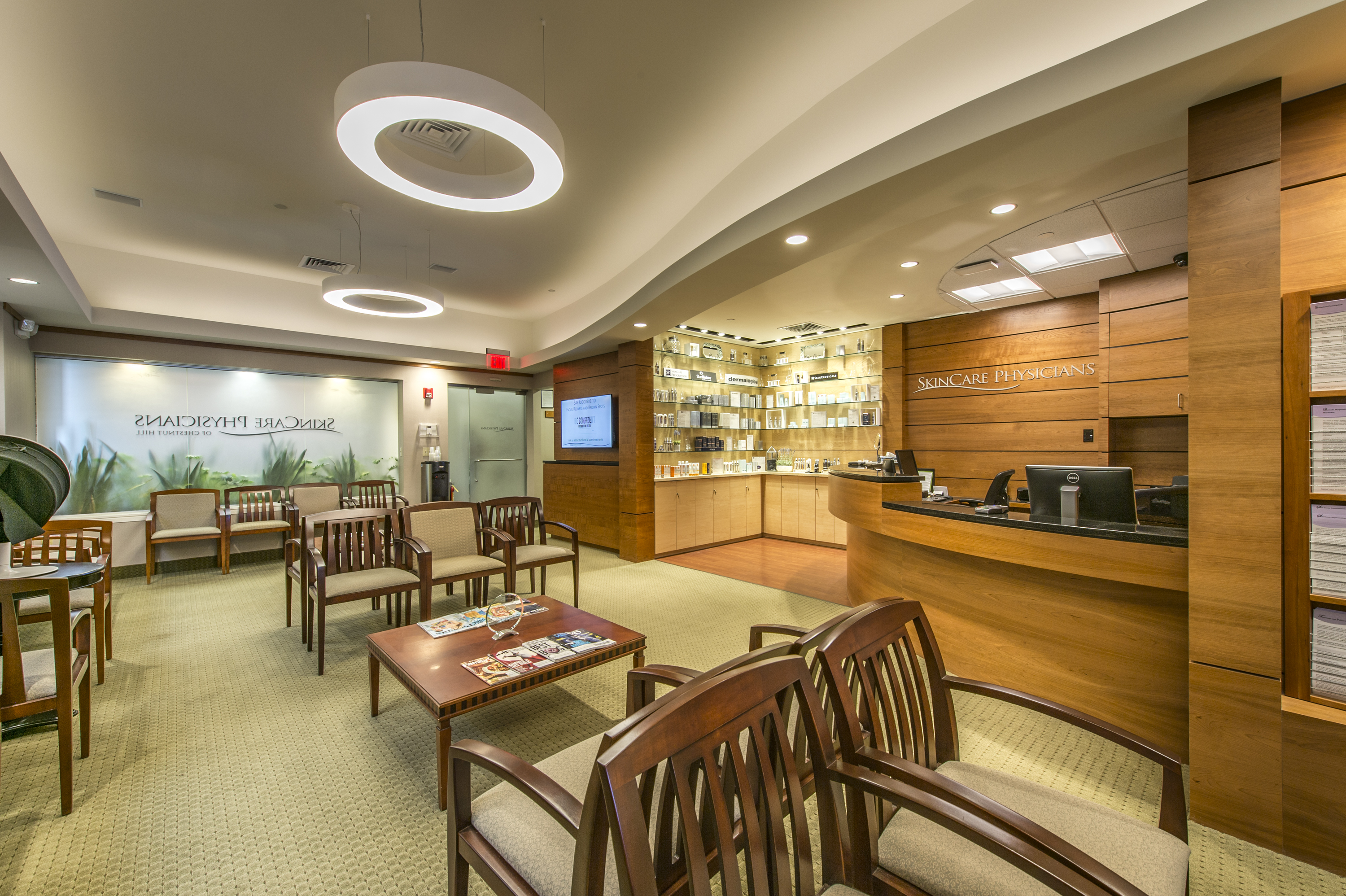To tan or not to tan
When seeing patients, lots of questions arise about sun safety. Given our long winters and lack of year-round warmth, patients often have a lot of questions about indoor tanning. They wonder about things such as:
- Is there such thing as a healthy tan?
- Isn’t indoor tanning safer because you can control the time you are exposed to the lights?
- Isn’t it better to get a “base” tan rather than to burn in the sun?
- How much can really happen if I am just going tanning once in a while?
Unfortunately, there is no such thing as a healthy tan. “Base” tans, whether from indoor sources or from the sun, are signs of damage to our skin. In response to ultraviolet (UV) damage, the skin produces a tan to try to repair and prevent further injury. Indoor tanning is not a safe alternative to practicing smart sun safety. The amount of UV A rays that you can receive from a “controlled” session of indoor tanning can exceed 12 times the annual amount accumulated from sun exposure. UV A radiation leads to premature aging and skin cancers.
What research tells us
Recent work tells us that just one indoor tanning session increases our risk for melanoma, the deadliest form of skin cancer, by 20 percent!
More startling is that tanning before the age of 35 increases the risk for melanoma by 95 percent. Not only is the risk for melanoma increased, but indoor tanning also increases the risk of the nonmelanoma skin cancers (NMSC), such as basal and squamous cell carcinomas. In total, 5 percent of NMSC cancers and 76 percent of melanomas, in individuals 18 to 29 years of age, can be attributed to indoor tanning according to a research study from Australia.
What can you do if you have a history of tanning?
It’s never too late to protect yourself! Practicing sun safe behaviors, stopping exposure to artificial UV radiation, and the routine use of sunscreen are great ways to start. Also, performing body skin exam is important. In 2012, a large study found that having regular total body skin exams can reduce death from melanoma by fifty percent.
Tanning, whether indoor or outdoors, increases the risk of skin cancer and leads to early aging of the skin. Come visit a provider at SkinCare Physicians in Boston for a total body skin examination and to discuss other means to optimize your skin health.



Leave a Reply